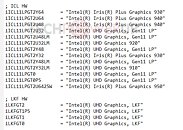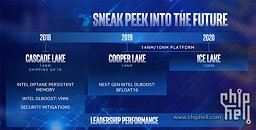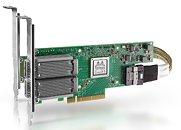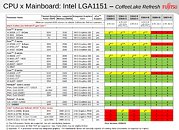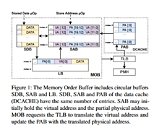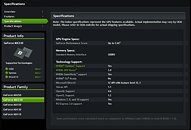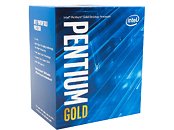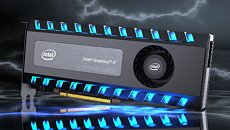
Intel Board of Directors Extends Andy Bryant's Term as Intel Chairman until 2020
Intel Corporation today announced that its board of directors had unanimously decided to extend Andy Bryant's term as Intel chairman for one additional year, to help support Intel's leadership transition. If Bryant is re-elected at Intel's 2019 annual stockholders' meeting, his term as chairman would continue through the conclusion of Intel's 2020 annual stockholders' meeting. Bryant has informed the board that he does not expect to stand for re-election again in 2020.
"I am honored to be nominated to serve as a director and Intel's chairman for another year," Bryant said. "If re-elected by the stockholders at our annual meeting in May, I look forward to continuing to work with Bob, the board and the entire executive team to continue Intel's historic transformation to a data-centric company. I expect this would be my last year of service as a member of Intel's board."
"I am ecstatic that the board has extended Andy's term for another year," Intel CEO Bob Swan said. "He has been a great sounding board for me since I joined the company, and has been especially invaluable to me while I have served in the interim and now permanent CEO roles."
"I am honored to be nominated to serve as a director and Intel's chairman for another year," Bryant said. "If re-elected by the stockholders at our annual meeting in May, I look forward to continuing to work with Bob, the board and the entire executive team to continue Intel's historic transformation to a data-centric company. I expect this would be my last year of service as a member of Intel's board."
"I am ecstatic that the board has extended Andy's term for another year," Intel CEO Bob Swan said. "He has been a great sounding board for me since I joined the company, and has been especially invaluable to me while I have served in the interim and now permanent CEO roles."
